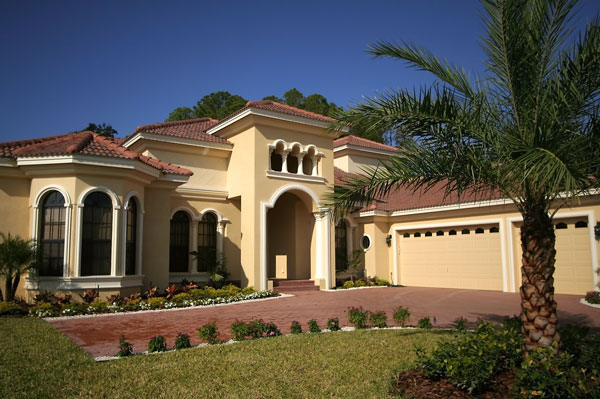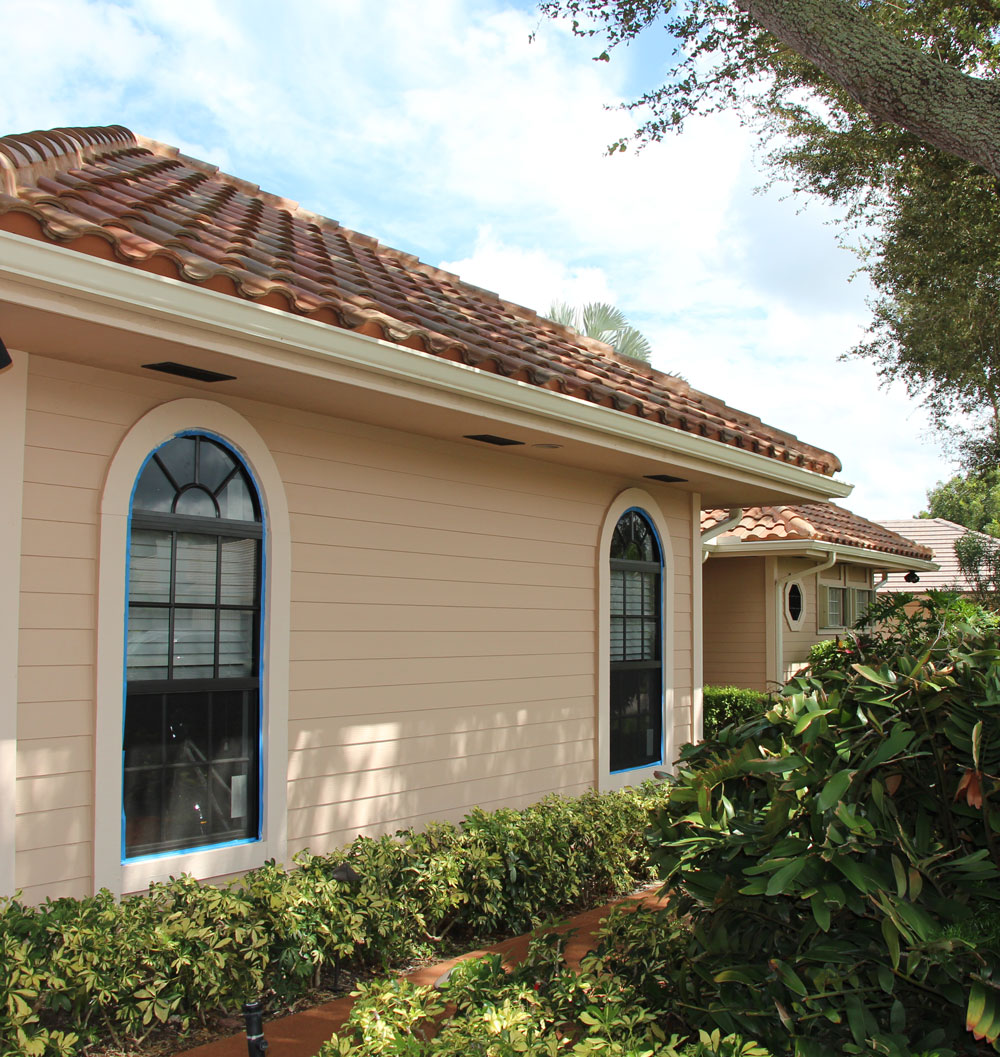Three Major Categories
In the three pits, approximately 8,000 life-size, vivid in battle formation were revealed in the course of excavation — a whole army, which would accompany its emperor into immortality.
The excavated terracotta figures fall into three major categories: infantry, cavalry, and charioteers.
The infantry can be further divided into subcategories, including officers of high, middle, and low rank, light-armed and heavy-armed foot soldiers, and standing and kneeling archers.
The charioteers can be further divided into two subcategories: chariot drivers and chariot warriors.
Distinctive Features: Facial Shapes, Hairstyles, and Dressing
Every figure differs in its facial features and expression, clothing, and hairstyle in accordance with its rank.
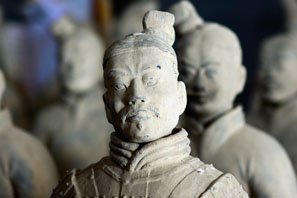
A figure with a '目'-shaped face
Facial Shapes
Analyses show that the facial shapes of the terracotta figures can be roughly classified into eight types, and each shape resembles a Chinese character: 目, 国, 用, 甲, 田, 由, 申, and 风. For example, '目'-shaped faces look relatively narrow and long, and have small features.
Hairstyles
Hairstyles in ancient times were not only part of people's lifestyles but also a reflection of their social status. The hairstyles of the
terracotta warriors are different based on their ranks and arm of the services.
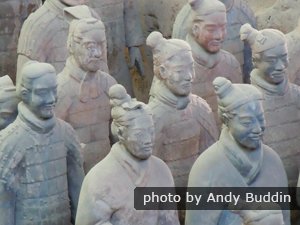
The different hairstyles of the Terracotta Warriors
The hairstyles of the figures can be roughly divided into two types. The first type includes figures wearing their hair in a bun on the right side of the head. The other type depicts figures wearing their hair in a plait and forming a bun at the top of the head that was then covered with a cloth cap.
Bands, ribbons, or pins were used for typing up their hair.
Dressing
The clothing of the terracotta figures is different. You can tell the rank and arm of military service of each figure from its dressing. Let us take some figures as examples:
The general wears two layers of robes beneath an armored tunic that protects his chest, back, and shoulders. He wears square-toed shoes, which are lightweight and curve upwards at the front. Only one general was found in Pit 1 and two in Pit 2.
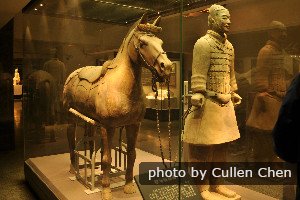
A cavalryman
Armored warriors wear robes covered by turtleneck, heavily armored capes designed to protect their chests, backs, and shoulders.
Cavalrymen wear pillbox hats, neck scarves, and light body armor to the front and back. Their shoes are soft and round at the toes so as not to injure their mounts.
Chariot drivers have extra protection for their outstretched arms and hands that need to control the horses' reigns. They wear helmets to protect the back of their necks.
Weaponry
Many of the figures originally held real weapons of the time, such as bronze swords, longbows, arrows, spears, dagger-axes, and other long-shafted weapons. The weapons were treated to make them resistant to rust and corrosion, so that, even after being buried for over 2,000 years, they are still sharp.
We have developed some beyond ordinary activities in Xi'an, including to discover a mysterious place to have a close experience with a Terracotta Warrior. Contact us if you want to add these activities to your itinerary.
New Terracotta Army Rules from May 1st 2019
From the May 1, 2019, the Terracotta Army Museum has started carrying out real-name ticketing to control tourist traffic.
Only 65,000 tickets per day will be available and group tours are required to be completed within 1½ hours.
If you book a Terracotta Army tour through China Highlights, you don’t need to worry about these limitations. All our tours are booked and confirmed online in advance, and our private tours do not have time restrictions.
More Popular Terracotta Army ToursNo visit to Xi'an, or even China, is complete if you don't visit the Terracotta Army. See our more popular tours to explore this ancient wonder:
Two-Day Xi'an Panoramic Tour — have a panoramic view of this imperial city of Xi'an on its glorious history, authentic food and the real life of the people
4-Day Xi'an Ancient Relics Tour: Discover more of Xi'an — capital of 13 ancient dynasties — to explore China's ancient culture.
See more our Xi'an tours or contact us to tailor-make a tour to meet your



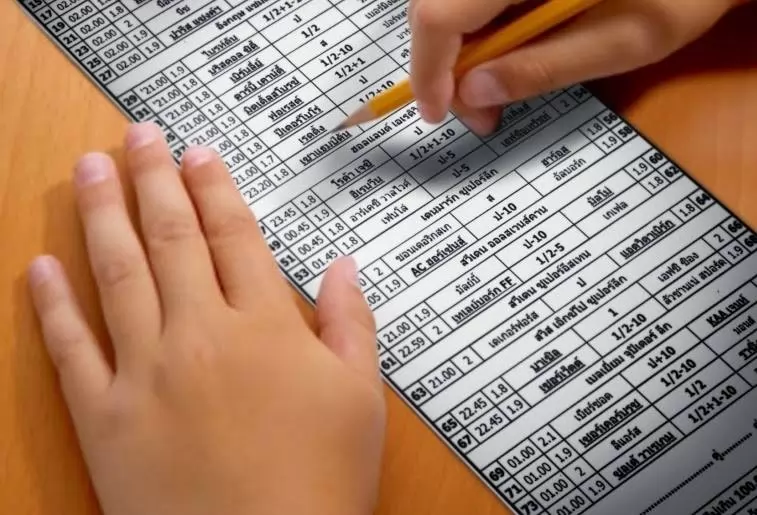
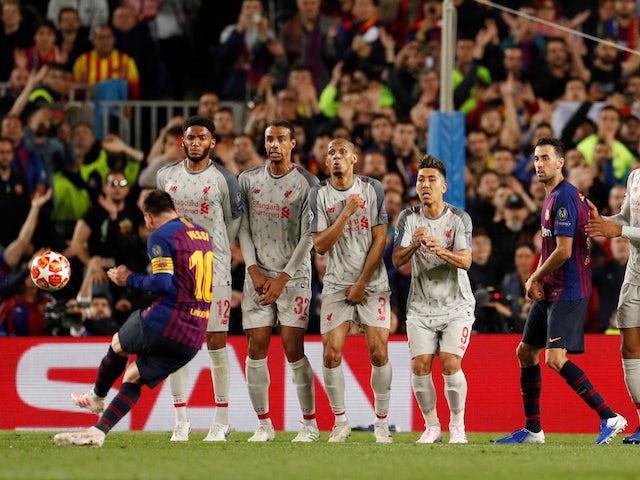


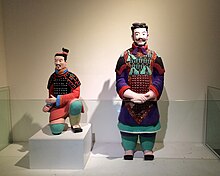
 A figure with a '目'-shaped face
A figure with a '目'-shaped face The different hairstyles of the Terracotta Warriors
The different hairstyles of the Terracotta Warriors A cavalryman
A cavalryman